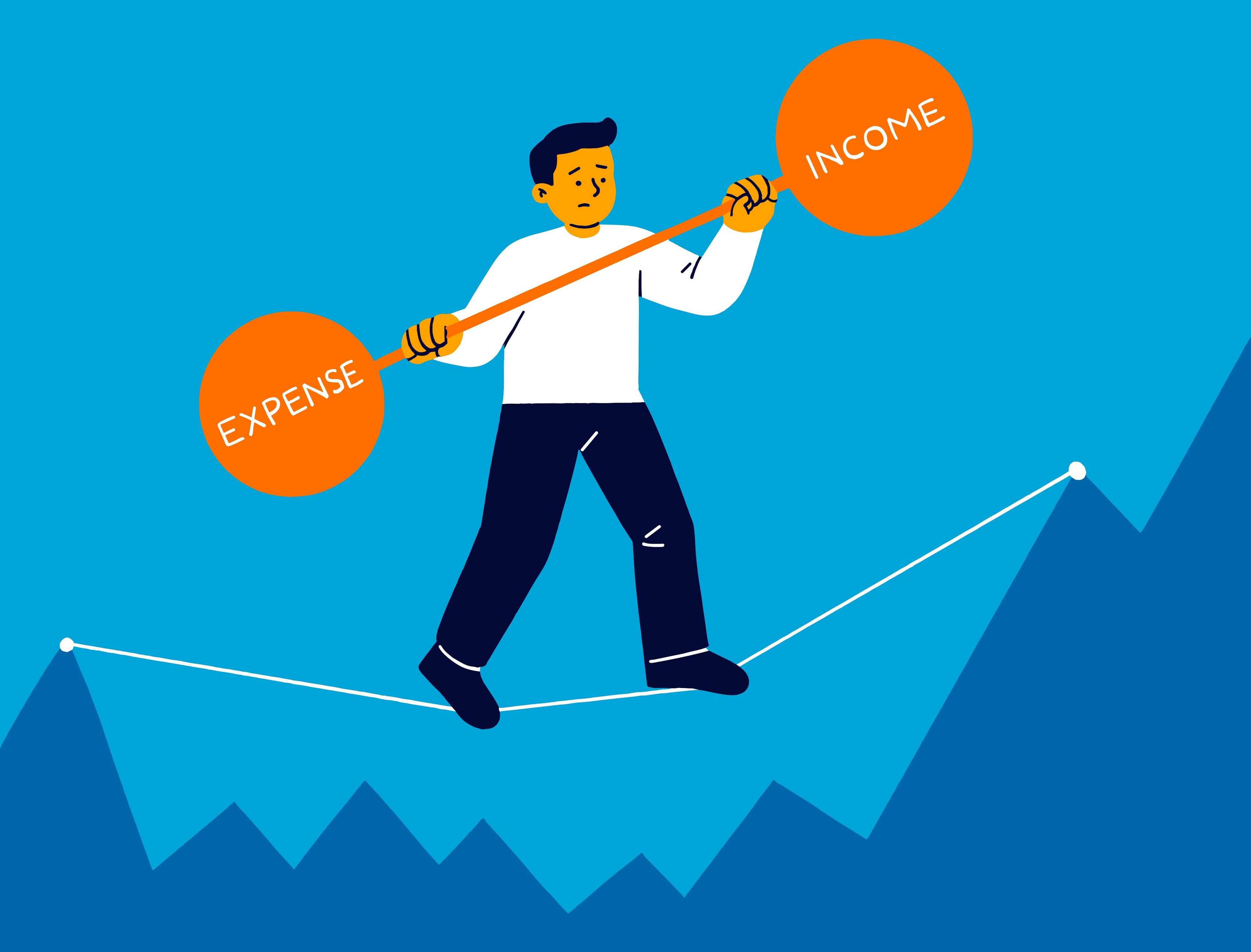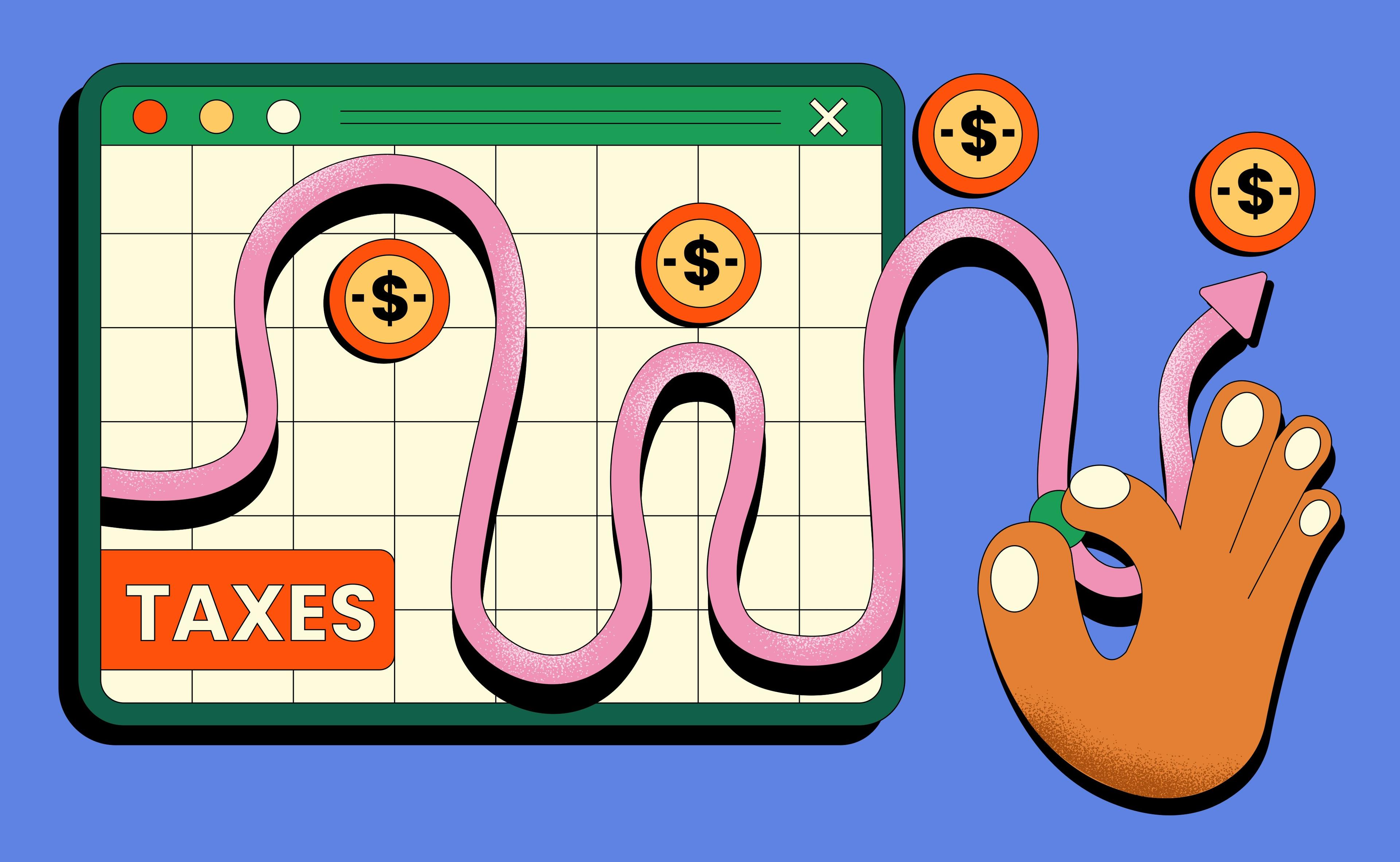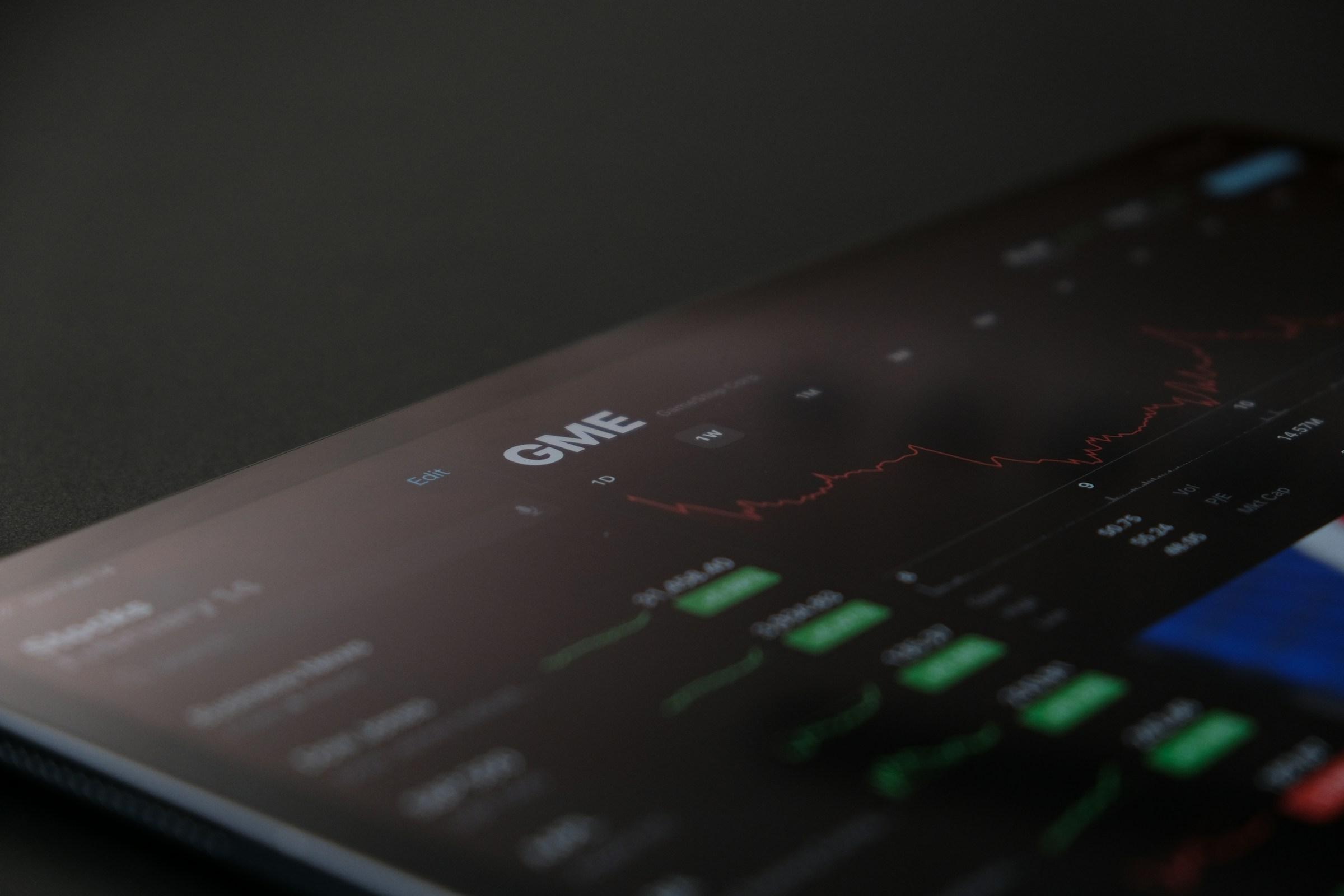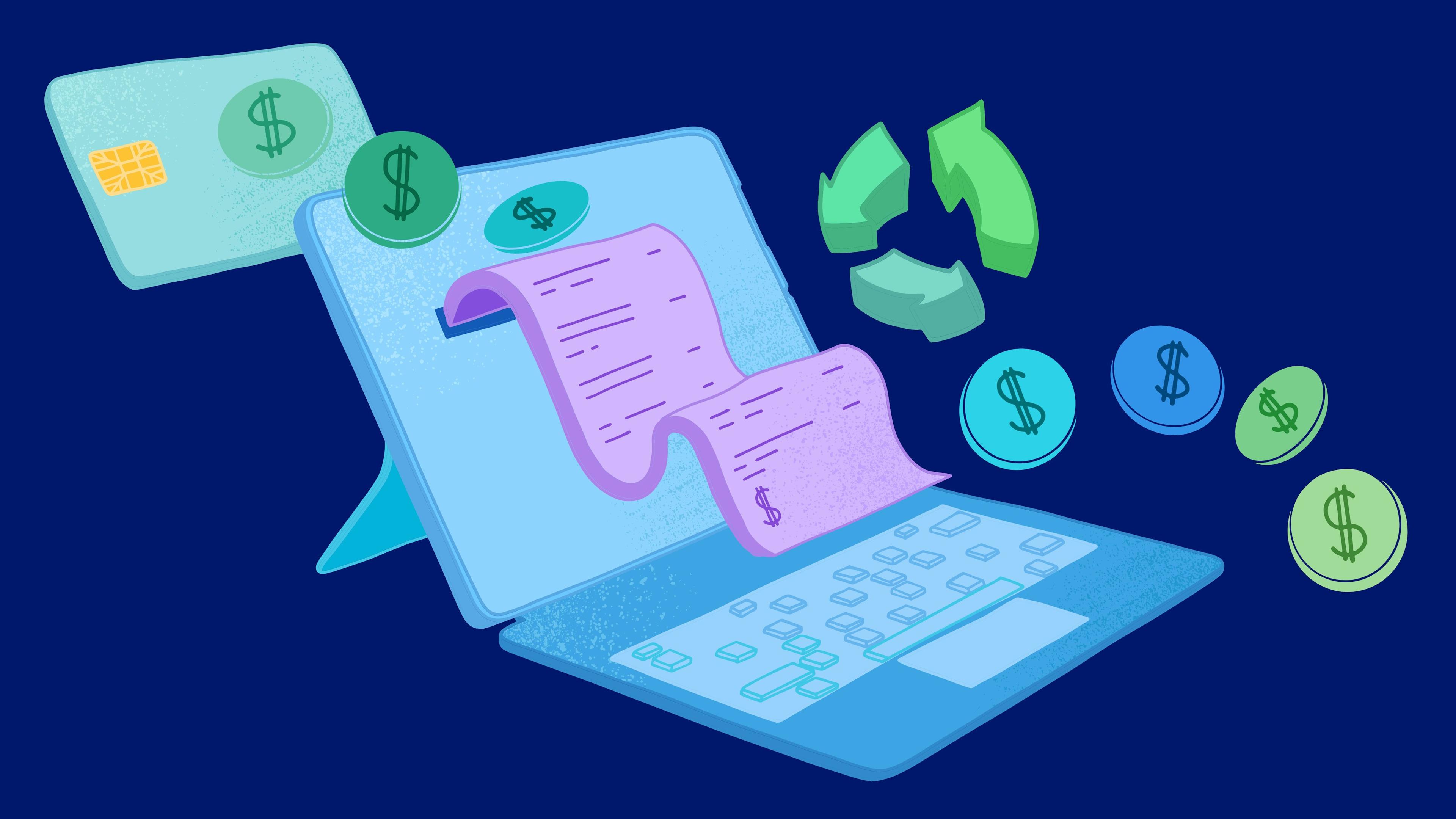When you are just starting out, it is easy to think investing is only for people with huge paychecks and complicated spreadsheets. If your money feels like it disappears into rent, food, and random Grab rides, the idea of investing can feel very far away. The truth is, the system is not built to encourage small investors. Fees, jargon, and hype all make you feel like you are either all in or not in at all. That is why the real unlock is learning how to start investing even with a small budget, on your own terms, at your own pace.
Think about how your money flows today. You get paid, you settle bills, you spend on what you need and what you like, then you promise yourself you will invest “next month” when things are less tight. Next month never really arrives, because there is always one more birthday, one more sale, one more emergency. So the first mental shift is this. You do not invest with extra money. You invest by deciding that a small slice of your regular cash flow will be invested before you even see it as spending money.
Before you tap “buy” on your first stock or crypto, you still need a basic safety layer. If one surprise expense can wipe you out, you will panic sell the moment markets drop. That is why a small emergency buffer matters, even for a beginner. This does not need to be a huge, perfect fund right away. It can start with one month of essential expenses sitting in a boring, easy access savings account. You are not trying to optimize the return on this part. You are buying peace of mind so your future investor self is not forced into bad decisions.
Once you have at least a small buffer, the next step is to decide how much you can invest without stressing yourself out. Ignore internet flex culture. You do not need to invest half your salary to be “serious.” Look at your last three months of bank or e-wallet statements. Notice what is actually happening, not what you think you spend. Then pick a number that feels almost too small to care about. It could be five dollars, twenty dollars, fifty dollars a week. The goal is consistency, not drama. If the amount is small enough, you are more likely to keep going when life gets messy.
This is where your choice of tool matters, especially if you are using a small budget. Traditional brokers were built for larger trades and often come with higher minimums or flat fees that eat up tiny investments. Modern investing and fintech apps are different. Many offer fractional shares, micro investing, and zero commission trades. That means you can buy a slice of a big company or a fund without needing hundreds of dollars at once. When you look at apps, check three things. How easy is it to fund and withdraw. What are the fees, especially hidden spreads. And what products are available for simple, long term investing, not just hype.
For most beginners with small budgets, a simple, boring fund is a better starting point than stock picking or meme tokens. Think of broad index funds or diversified exchange traded funds as the “bundle packs” of investing. Instead of betting on one company or one coin, you are buying exposure to hundreds of companies at once. You will still see ups and downs, but you are not relying on one CEO or one project staying hot forever. Many apps now let you buy small slices of these funds with low minimums, so you can steadily build a position even if you are investing the same amount you might spend on a few coffees each week.
Automation is your best friend when your budget is small. If you have to manually remember to invest every month, life will always get in the way. Look for a feature that lets you set a recurring transfer into your investing account, or even a direct recurring buy into your chosen fund or portfolio. Some apps also offer roundup features that invest the spare change from your daily spending. Alone, the roundups will not make you rich. Combined with a fixed monthly amount, they quietly boost your contributions without forcing big lifestyle changes. Over time, those tiny moves stack up.
At this point, the question becomes what to prioritize. Should you focus on investing or paying off debt. If you are carrying high interest debt like credit cards or certain personal loans, that interest rate is probably higher than what you will realistically earn from investing in the short term. In that case, your “investing” strategy includes aggressively knocking down that painful debt while still keeping a token amount flowing into your investments. That tiny investing habit keeps the system alive so that once your debt is under control, you already know what to do with freed up cash.
Risk is where many beginners either freeze or go to the other extreme. With a small budget, you might feel tempted to chase volatile plays because you want to “get rich faster.” The problem is that the same volatility that can double your money can also cut it in half or take it to zero. A healthier way to think about risk is to split your portfolio mentally. The serious part is your core holdings in diversified funds and maybe some large, stable companies. The playful part is a small slice that you treat almost like entertainment money. If that speculative slice goes to zero, your plan still stands.
Time is the multiplier that most people underestimate. When you learn how to start investing even with a small budget, you are really learning how to give time something to work with. Ten or twenty dollars a week sounds small in month one. Stretch that over five or ten years, with compounding returns, and the numbers become more serious. The earlier you start the habit, the less pressure you put on your future self to suddenly come up with huge capital later. You are not waiting to become “rich enough to invest.” You are using investing as one of the tools that may eventually make you feel richer.
Information overload is another hidden cost for new investors. Finance social media will show you charts, indicators, macro takes, and endless opinions. If you try to follow everything, you will end up doing nothing. Set a simple rule for yourself. Spend more time funding your account and buying your chosen assets than you spend consuming hot takes. You can pick one or two trusted educational sources and stick with them. Focus on understanding basics like fees, risk, diversification, and time horizon. Leave options trading and leverage for a future version of you who has already mastered the basics and has more capital to protect.
Your first months of investing with a small budget are not about performance. They are about wiring in identity. You are teaching yourself that you are someone who invests regularly, even when the amount feels small and unexciting. You will see your portfolio fluctuate. Some weeks you will feel smart. Other weeks you will wonder why you started. That is normal. The point is not to predict every market move. The point is to stay in the game long enough that the habits and contributions have time to compound.
As your income grows, you have a choice. You can let your lifestyle expand so fast that your investing amount always stays tiny. Or you can upgrade your investing habit whenever you get a raise, bonus, or new income stream. A simple rule is to increase your regular investing percentage each time your income steps up. Maybe you start at five percent of your take home pay, then move to ten percent later. Because you already have the system and the app flows set up, increasing the number is a much smaller psychological jump than starting from scratch.
If you are using multiple apps or platforms, keep an eye on fragmentation. It is easy to end up with a little bit of money scattered across many places, none of it large enough to feel meaningful. Over time, consider consolidating into one or two core platforms that you trust and understand. Simplicity helps you stay consistent. It also makes it easier to track how your overall portfolio is doing, instead of constantly logging into different accounts and trying to remember your own strategy.
Finally, remember that you do not need to share your investing moves with the world. You will see screenshots of gains and “I bought the dip” posts, but you rarely see the full story, the losses, or the long boring years of regular contributions. Your plan can be quiet. Your contributions can be small at first. What matters is that they are real and they are happening. The combination of a clear safety buffer, a simple tool, an automatic schedule, and realistic expectations is much more powerful than a one time big bet that you cannot repeat.
None of this is formal financial advice, and your situation is unique. But if you have been waiting for a sign that you are “ready” to start investing, this is it. Open one app. Set one small automatic transfer. Pick one diversified fund to start. In a year, you can look back at that first tiny contribution and realize it was not about the amount. It was about proving to yourself that even with a small budget, you are allowed to be an investor.














